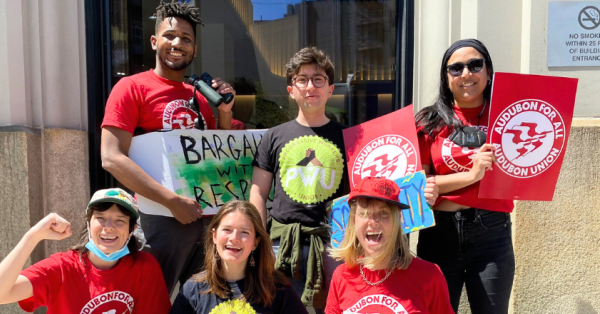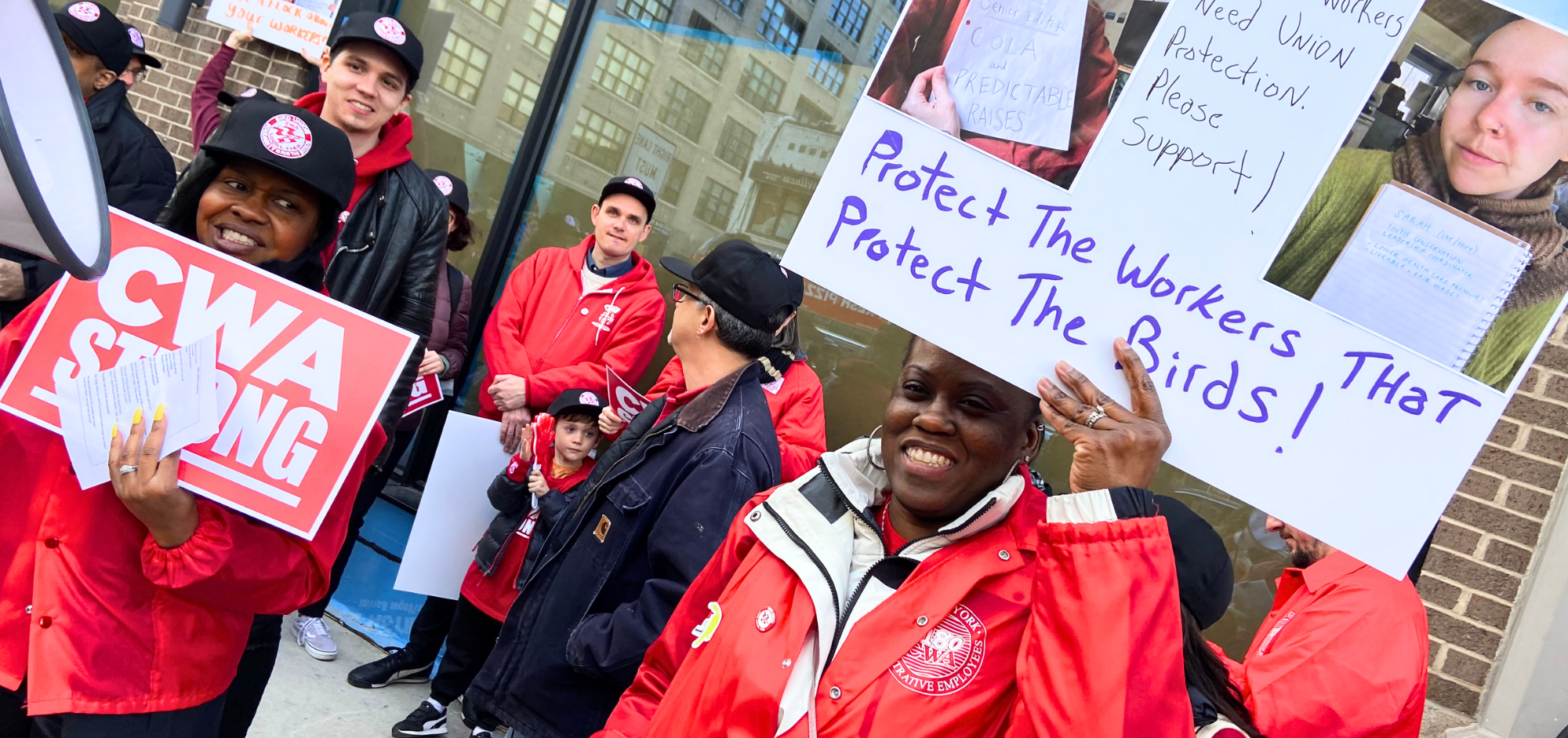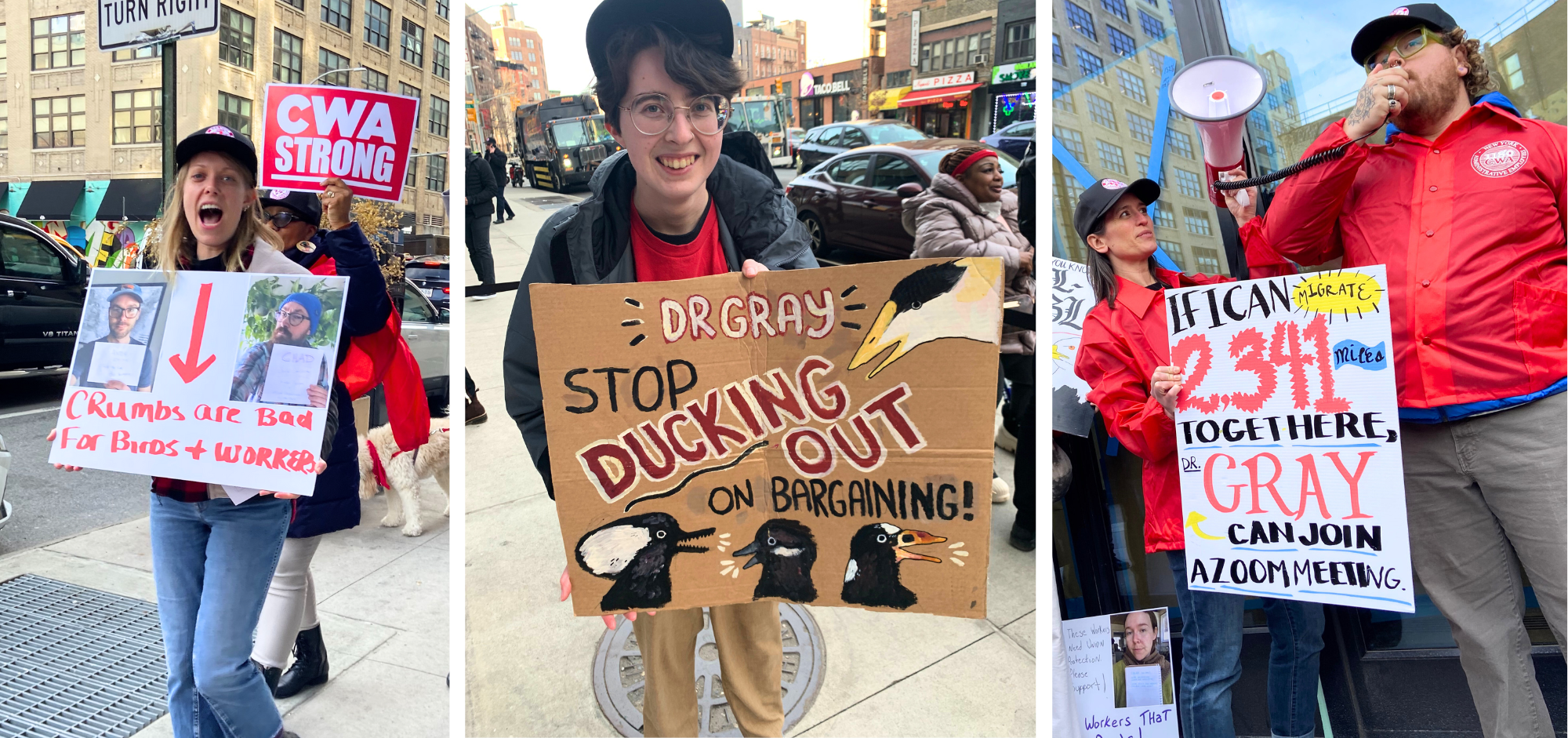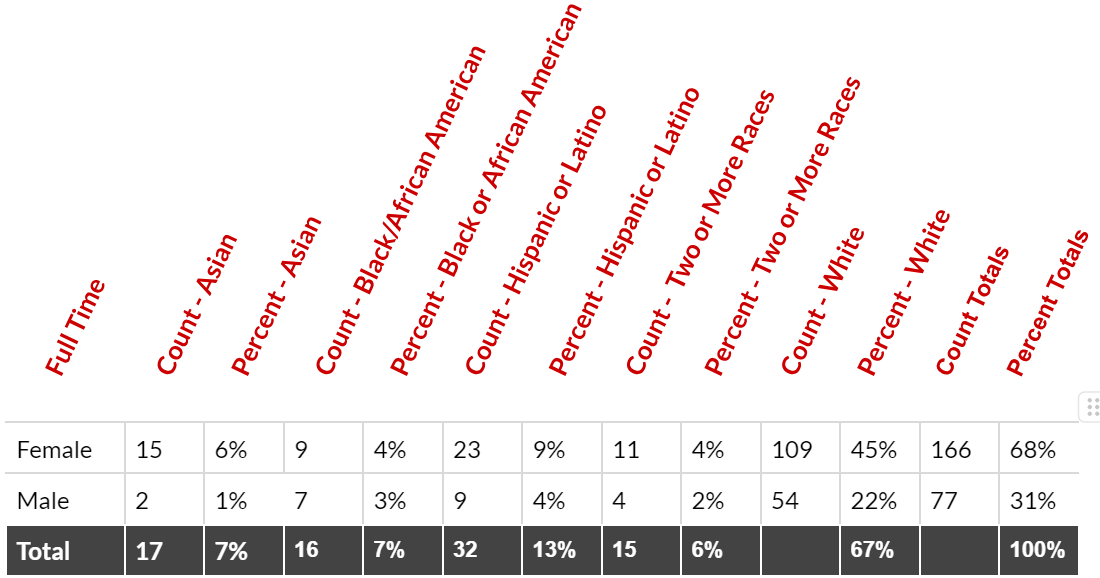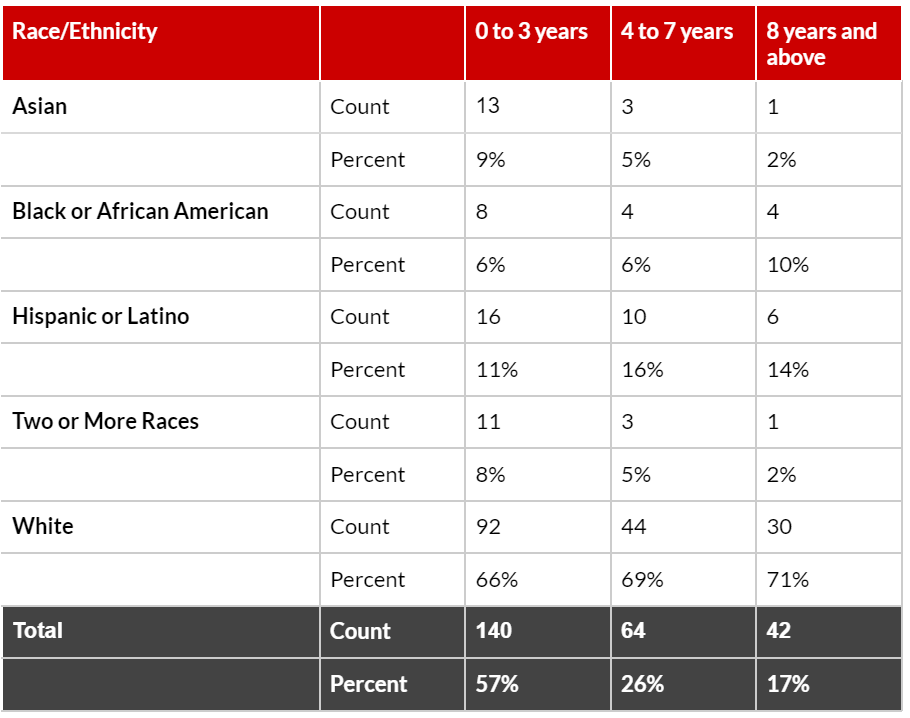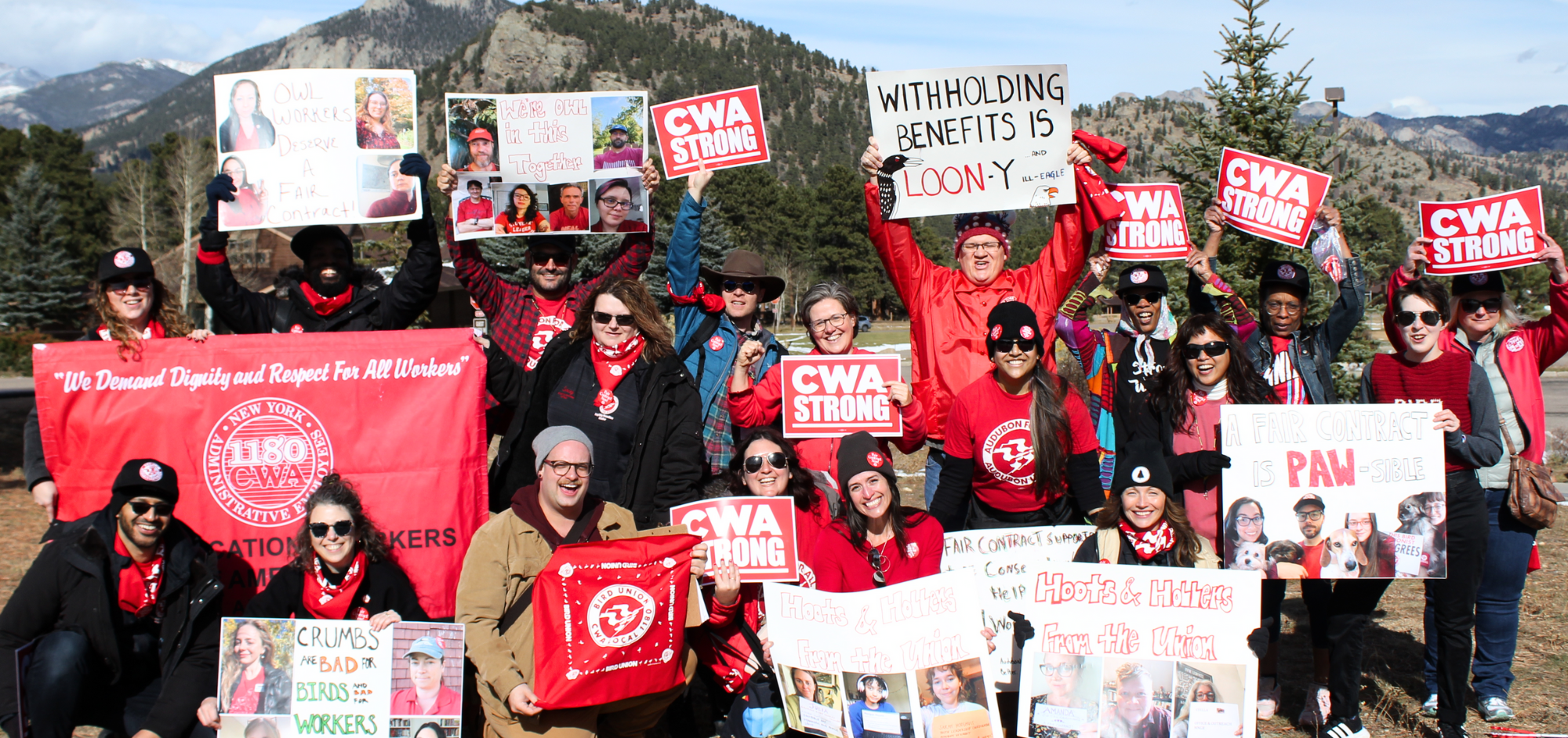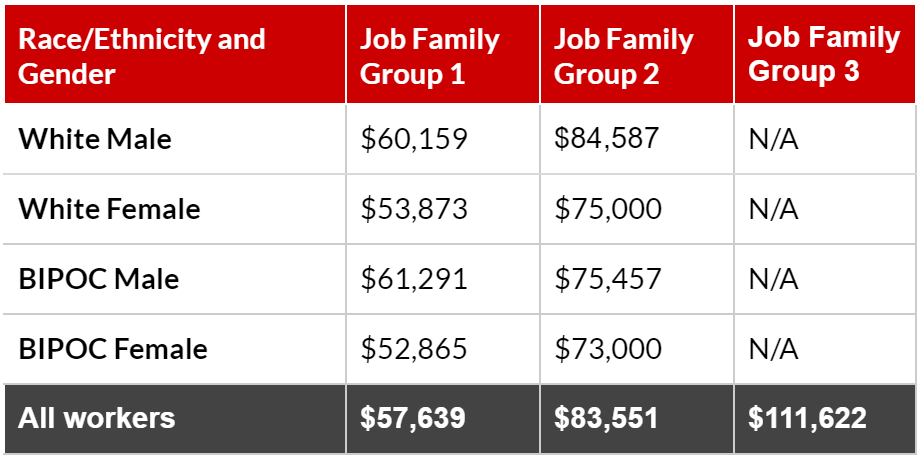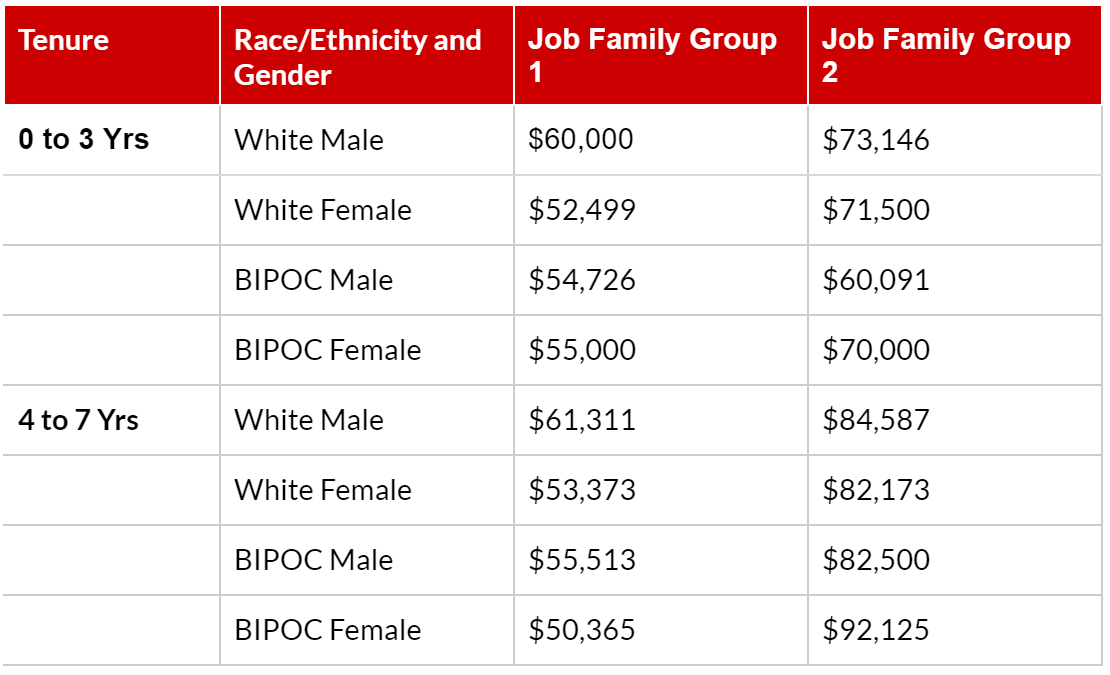Executive Summary
The National Audubon Society, a national conservation organization, claims that equity, diversity, inclusion, and belonging are central to its values and actions. Yet Audubon has a well-documented history of fostering a toxic work culture for women and people of color. A new analysis finds that the group’s pay structure, too, is unequal, with systemic disparities based on gender and race among employees represented by Audubon’s staff union.[1]
Overall, women are paid significantly less than their male counterparts. And BIPOC employees, with few exceptions, are paid less than their white counterparts, and are significantly underrepresented in the organization. In one job category, for example, white men on average make 13 percent (or $9,587) more than white women and 16 percent (or $11,587) more than BIPOC women. (Audubon’s spending on executive pay, meanwhile, has increased by 60 percent since 2019.)
The alarming pay disparities identified in this report amount to thousands of dollars per year for many employees. This has a major impact on Audubon workers, limiting their ability to secure housing, qualify for a car loan, or save for retirement. It perpetuates the very sort of deep-rooted inequalities based on gender and race that Audubon says it is committed to confronting. Bird Union member testimonials provide insight on the human toll of these inequities (see them here and boxes throughout report). What’s more, many Audubon employees do not currently earn a living wage and struggle to make ends meet. The significant wage disparities among employees also contribute to high turnover, negatively affecting the organization.
To achieve equitable wages for everyone and a more sustainable workforce, Audubon workers argue that it’s necessary to revamp the current job-family structure, which perpetuates an unfair pay system. The Bird Union is also calling on Audubon to abandon its arbitrary and opaque system of discretionary pay increases ostensibly based on merit, and instead commit to regular and equitable cost-of-living increases.
